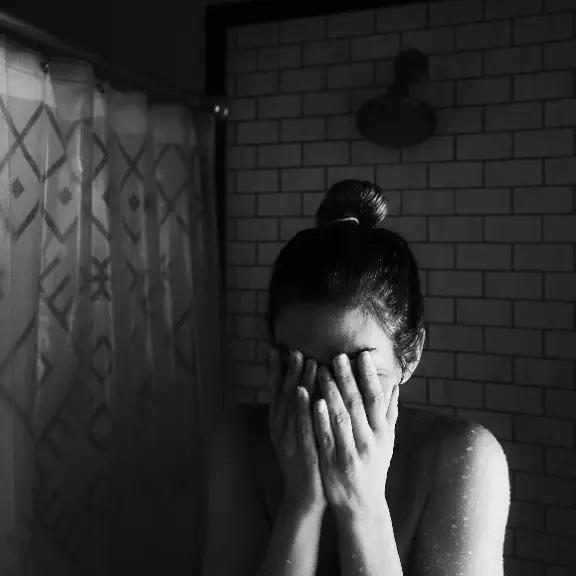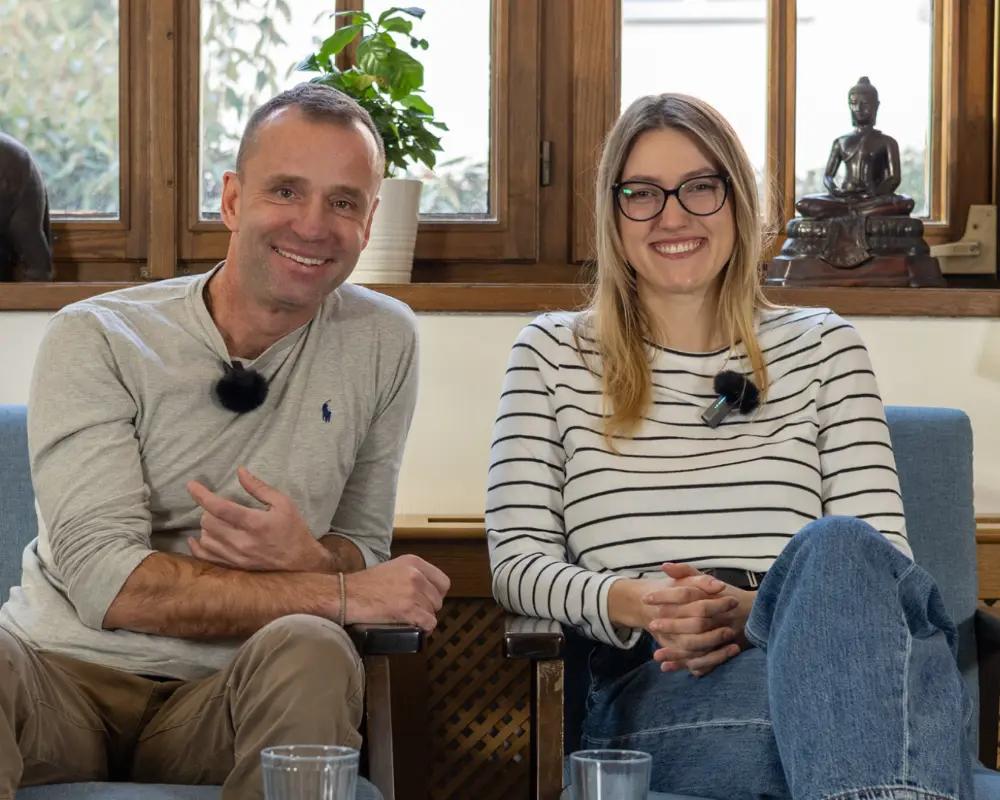Mgr. Miroslava Pešlová
"No, again. Why me. I can't move. Everyone can see it. What if I fall. Someone will do something to me. I fear. What will happen. I can not breathe. My hands. My hands are tingling. My feet are tapping. I can hear my heart, it's pounding. Others need to hear that too. What is it? It's like a boulder. He presses on my chest. I want to throw up. I will not go there. I can't last there. I'm throwing up. I can't go there. I have to go home. Let nothing happen to me. Let it be gone.'
And Maruška, who was walking very slowly on the sidewalk, stopped on her way to school, turned back, and was returning home at a fast pace.
Here we have a sample of the girl's thought process and their intense bodily sensations and vegetative reactions, the girl is currently experiencing a panic attack. According to ICD-10 (International Classification of Diseases), a panic attack is classified as an anxiety disorder.

Let's follow Maruška's story to get to know her. Maruška is 17 years old and attends the 2nd year of the secondary school she has chosen and is interested in. From about the 8th grade, Maruška describes that she experiences states of tension in school situations when speaking out loud, e.g. during exams, presentations, lectures, etc. She is afraid that she will blush, stutter, make a mistake, and her classmates will see everything. She will be embarrassed, ridiculed and, for her, she will not be able to handle the situation. Maruska combines these manifestations with her abilities, which means that their appearance (redness, tension in her voice, etc.) represents a failure for her, and she then feels incompetent and stupid. And thereby "jeopardizing" obtaining an excellent result. An excellent result in "does not contain speeches", for which he is ashamed. He tries to secure it through careful preparation. However, the more often she experiences states of tension that grow into anxiety about the situation, her concentration on the subject worsens, as she insistently thinks about not embarrassing herself in the situation and becomes more insecure, unfocused, and despite intensive preparation for the subject matter for school, she feels "enough" unprepared. He thinks persistently about not being embarrassed and tries to suppress the growing tension so that it is not seen by others.
According to ICD 10, we include fears focused on situations in public - speaking, etc., associated with the fear of prying eyes from others among social phobias. Social phobias can be manifested by blushing, hand tremors, difficulty making eye contact, fear of vomiting in public, etc. And these symptoms can progress to panic attacks. In the foreground is a significant manifestation of avoiding phobic situations. Social phobias are usually associated with low self-esteem and fear of criticism.
When Maruška entered secondary school, her anxiety gradually increased to the point of the panic attack that we witnessed at the beginning of the story. Anxiety concerns not only performance situations at school – e.g. before a test, but has also extended to contact with peers at school. Maruska is anxious that others are talking about her, gossiping about her, making fun of her, that they see that she is "weird", that they recognize from her that she has anxiety that she herself does not understand. She is worried that she will have a panic attack at school. She throws up or "something happens" to her and everyone sees it. Maruška wants to avoid these anxious feelings, it happens that she does not make it to school and returns home. By the time he returns home, the massive anxiety is lessened but not completely gone. Permanent tension remains in some form "in body and mind" as if in the background of all activities. Maruška does not feel calm, but a constant feeling of pressure, she realizes that she is no longer able to cope with school, that she is starting to isolate herself more and more and that she stops believing in herself. Additionally, avoiding the situation will increase anxiety about the situation and encourage further avoidance.
A panic attack is characterized by an attack of intense fear, internal discomfort and accompanying physical manifestations, reaching a maximum within a few minutes and usually lasting several minutes. The symptoms can be different, but common is a sudden onset, chest pain, feelings of suffocation and others, there is a fear of losing self-control, of going crazy. During a panic attack, the patient experiences increasing fear and intensity of symptoms, so he tries to run away. And if this happens in a specific situation (e.g. school), he may continue to avoid this social situation. In extreme cases, avoidance of social situations can lead to almost complete social isolation. A panic attack is often followed by a permanent fear of another attack. Fear of fear, of anxiety is called anticipatory anxiety.
In therapy, Maruška learns both to understand the "anxiety curve" of its increase and, after reaching the maximum (anxiety does not increase indefinitely), its decrease, and on the other hand, to "endure, not avoid" the situation and thereby train to manage the situation. At the same time, Maruška learns to regulate tension and calm down through breathing work. A very essential part of the therapeutic process is the understanding of the "meaning of fear" not only in the group of peers at school. Understanding also includes the topic of self-worth, awareness of relationships and attitudes with others, and understanding one's own emotions.
The name in the story and the story itself is made up.
Photo by Meghan Hessler on Unsplash
BE IN THE IMAGE
Information, articles and news
Do you need help?
You can send us a message or call us every day from 8 a.m. to 8 p.m. +420 228 226 101
This website is using cookies
You can either allow them all with the "I agree to all" button below, refuse or set the "Detailed settings" in detail. You can also change the selection later. More information about cookies in the Cookie Policy .




